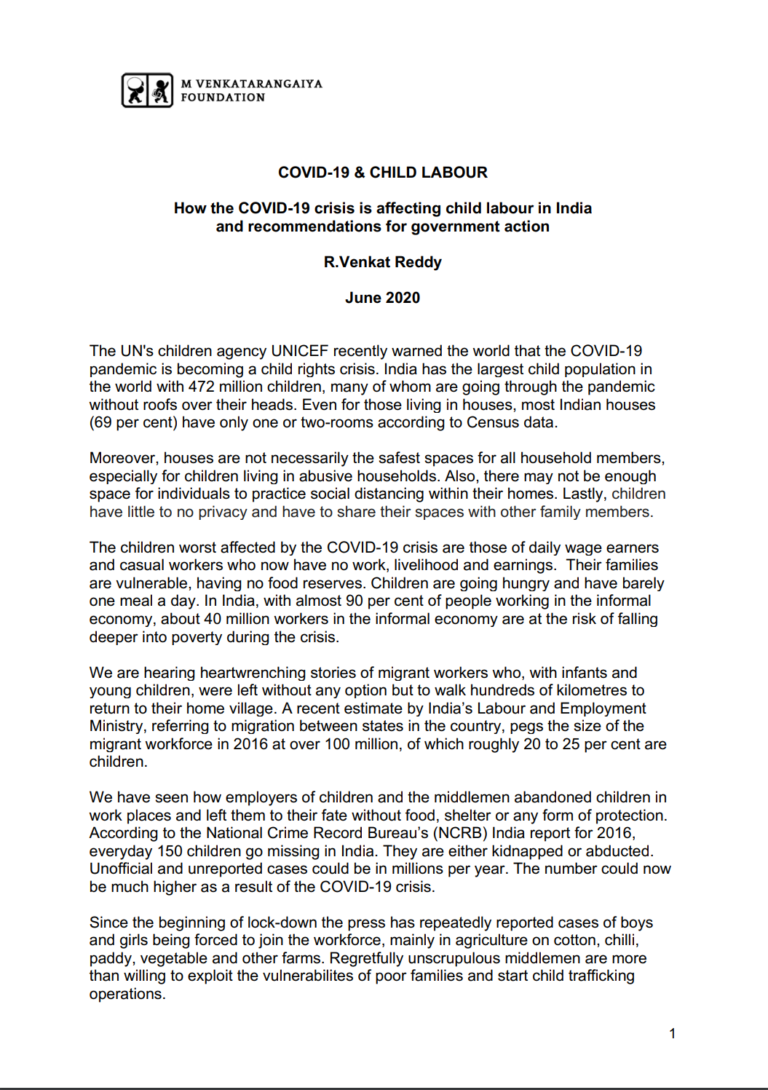The UN’s children agency UNICEF recently warned the world that the COVID-19 pandemic is becoming a child rights crisis. India has the largest child population in the world with 472 million children, many of whom are going through the pandemic without roofs over their heads. Even for those living in houses, most Indian houses (69 per cent) have only one or two-rooms according to Census data. Moreover, houses are not necessarily the safest spaces for all household members, especially for children living in abusive households. Also, there may not be enough space for individuals to practice social distancing within their homes. Lastly, children have little to no privacy and have to share their spaces with other family members

